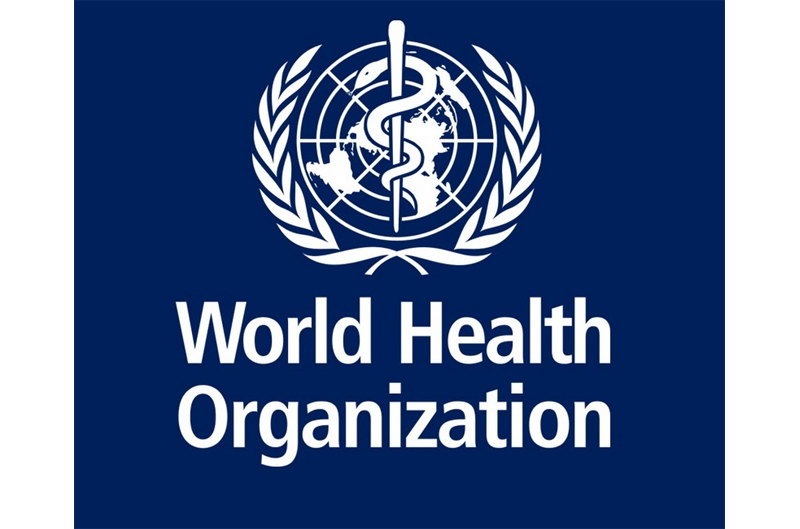NEW DELHI, Dec 11 : India has made remarkable progress in reducing both malaria incidence and mortality rates, officially leaving the High Burden High Impact (HBHI) group of endemic countries in 2024, as per the World Health Organisation’s (WHO) World Malaria Report released on Wednesday.
India’s malaria cases were reduced by 69 per cent, from 6.4 million (64 lakh) in 2017 to two million (20 lakh) in 2023. In parallel, estimated malaria fatalities dropped from 11,100 to 3,500, marking a 68 per cent decline during the same timeframe.
In 2023, the WHO South-East Asia Region comprised eight malaria-endemic countries, which collectively accounted for 4 million cases and contributed 1.5 per cent to the global malaria burden.
India represented half of all estimated malaria cases in this region in 2023, followed by Indonesia with just under one third.
The region’s estimated malaria deaths plummeted by 82.9 per cent, from 35,000 in 2000 to 6,000 in 2023.
Together, India and Indonesia accounted for approximately 88 per cent of malaria-related deaths in the region, the WHO noted.
Between 2000 and 2023, over 270 million (27 crore) malaria cases and 420,000 deaths were prevented in the region, as reported by the global health organization.
The period from 2000 to 2023 saw an overall reduction of malaria cases by 82.4 per cent, declining from 22.8 million in 2000 to 4 million, and incidence rates dropped by 87 per cent, from 17.7 to 2.3 per 1,000 population at risk.
This decrease is primarily attributed to India, where estimated cases reduced by 17.7 million and incidence rates fell by 93 per cent, from 20 to 1.5 per 1,000 population at risk.
Sri Lanka achieved malaria-free certification in 2016, while Timor-Leste reported no indigenous cases for the third straight year in 2023. Bhutan also reported zero indigenous cases for the second consecutive year, and Nepal recorded just 15 indigenous cases.
Between 2022 and 2023, reductions in estimated cases were noted in Bangladesh (9.2 per cent), India (9.6 per cent), Indonesia (5.7 per cent), and Nepal (58.3 per cent), whereas the Democratic People’s Republic of Korea (47.9 per cent), Myanmar (45.1 per cent), and Thailand (46.4 per cent) experienced increases.
From 2022 to 2023, all countries in the region that reported malaria deaths showed a decrease in the malaria mortality rate, with the exceptions of Myanmar and Thailand. Bhutan and Timor-Leste have reported no malaria deaths since 2013 and 2015, respectively. (PTI)


Leave a Reply